The causes of replant disease in organic orchards appear to be different from those in conventional orchards, according to Dr. Mark Mazzola, researcher with the U.S. Department of Agriculture in Wenatchee, Washington.
Typically, the major causes of replant disease in Washington are the fungi Cylindrocarpon, Pythium, Phytophthora, and Rhizoctonia, Mazzola has found. Research has shown that organic orchards have less root disease attributed to Pythium than do conventional orchards, but organic orchards have a higher incidence of Rhizoctonia. Pythium and Rhizoctonia are competing fungi—a fact that needs to be taken into account when treatments for replant disease are developed for organic orchards, he said.
Different rules
“You can’t take what you know about conventional and plop it down in an organic system.” For example, organic orchards typically have more plant growth in the orchard and more organic matter in the soil that support microorganisms. The Washington Tree Fruit Research Commission is coordinating a trial in Ray Fuller’s organic orchard near Chelan to compare how various rootstocks perform in a replant situation.
Four Geneva rootstocks are being compared with Malling 26, Pajam 2, Budagovsky 9, and Supporter 1, 2, and 3 from Poland in fumigated and unfumigated plots. The trees were planted in 2004. Mazzola said he plans to conduct research at the orchard to develop a system for managing replant disease that can be used by organic growers. It appears, he said, that apple trees produce a compound called phloridzin, which might have antifungal activity.
He’s observed that certain rootstocks seem to support bacteria that are able to degrade phloridzin. If phloridzin has some importance as a defense mechanism for replant disease, growers would not want to use a rootstock that supports bacteria that degrade it, he pointed out. In the trial at the Fuller orchard, he will be looking at whether or not the bacterial community on the roots changes over time after the trees are planted. Assuming that the apple root exudes phloridzin, he’ll be looking at how the bacterial populations in that orchard soil are influenced by the root system and whether the soil has more microbes that are capable of degrading the phloridzin than adjacent soil where no apple trees have been grown, and whether this is related to sensitivity to replant disease.
The next questions would be whether rootstocks that support lower amounts of phloridizin-degrading bacteria could be developed, and whether that would be useful. Very little research has been done on this topic before. Over the past decade, Mazzola has been working on nonchemical treatments for replant disease and has found that rape seed meal can suppress Rhizoctonia. However, the rape seed meal stimulates Pythium, so he has applied it with the fungicide Ridomil.
An added benefit of the rape seed meal incorporated into the soil is that it provides good weed control, and because it contains 6 percent nitrogen, it lowers fertilizer costs. The nitrogen in the seed meal might also help suppress nematodes, but the effect has been limited in his trials by the fact that the seed meal was only incorporated into the top six inches of soil. It might have a greater effect if incorporated deeper into the soil while ripping. Mazzola said he’s looking into alternatives to Ridomil that could be used with the seed meal in organic orchards.

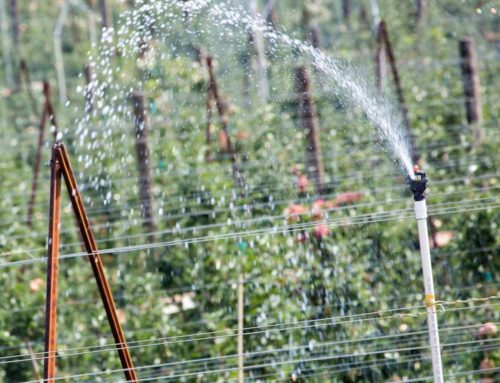
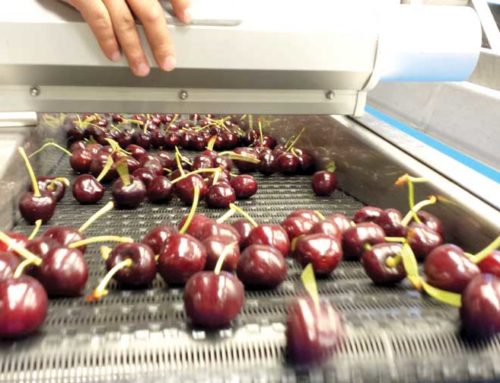
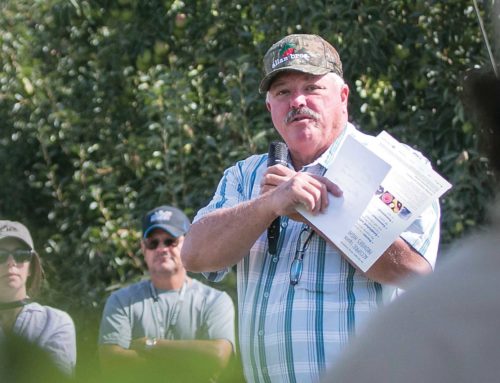
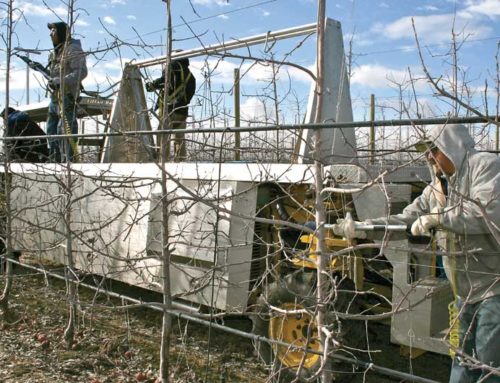
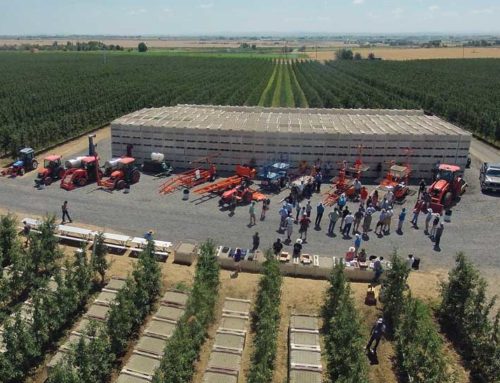
Leave A Comment